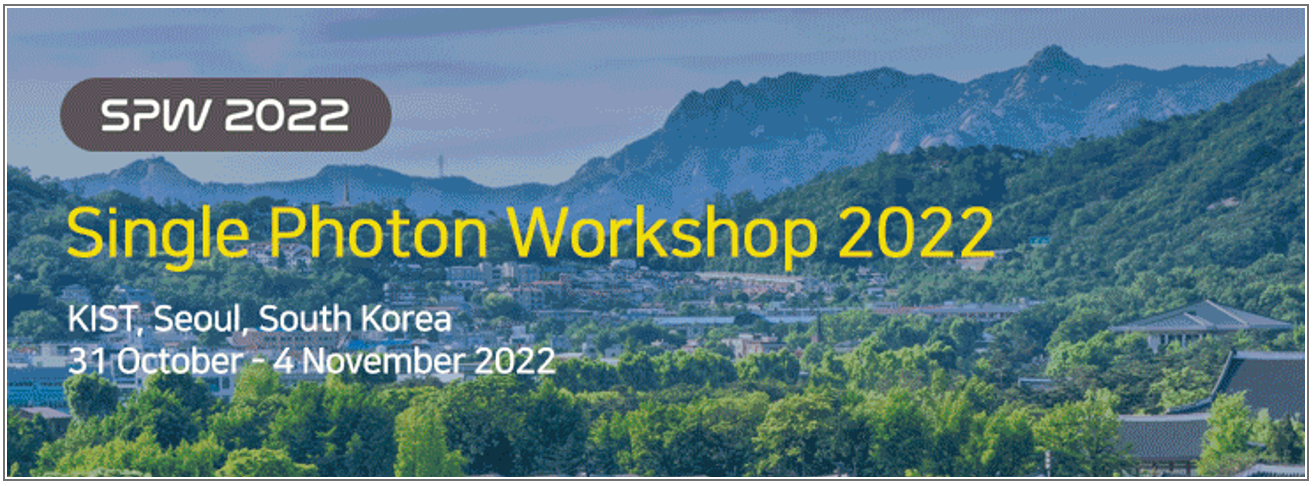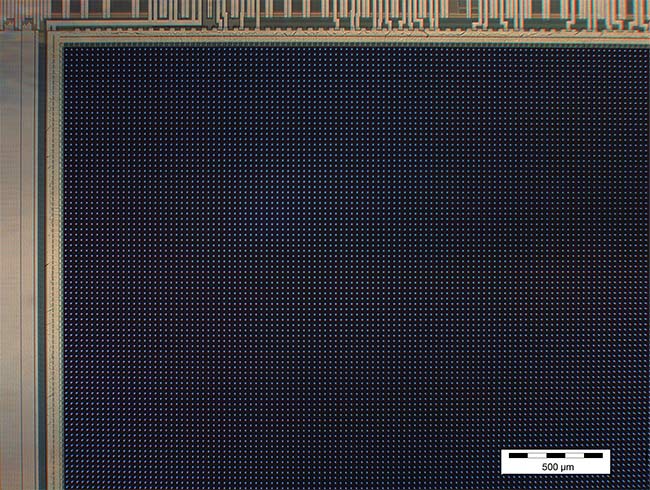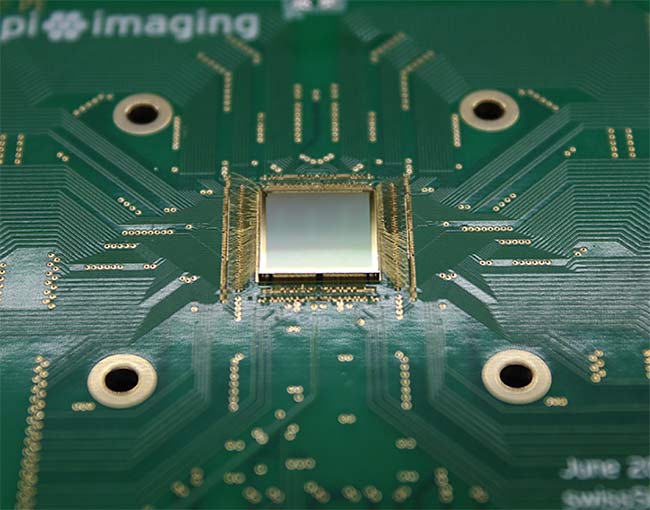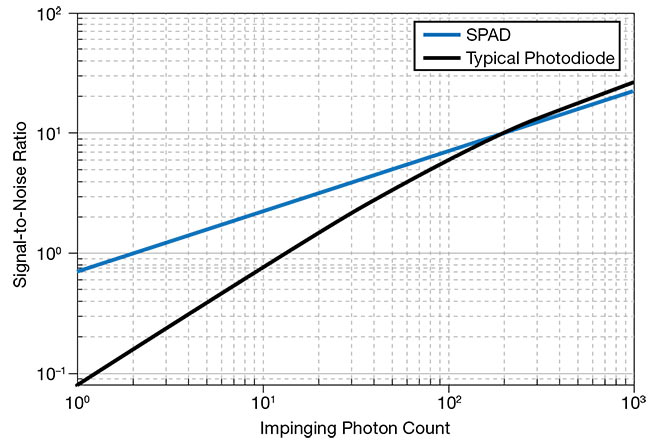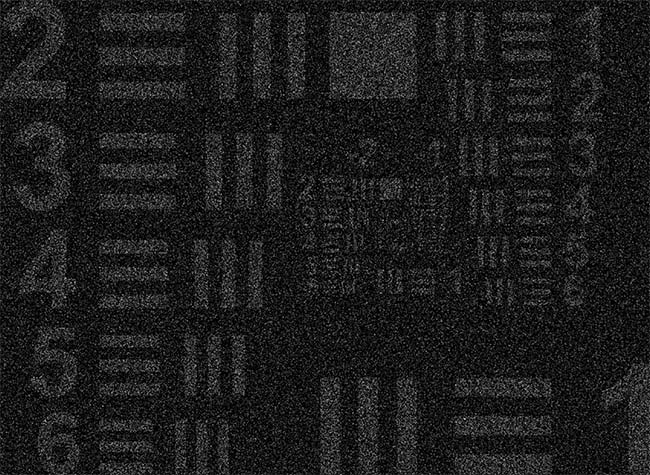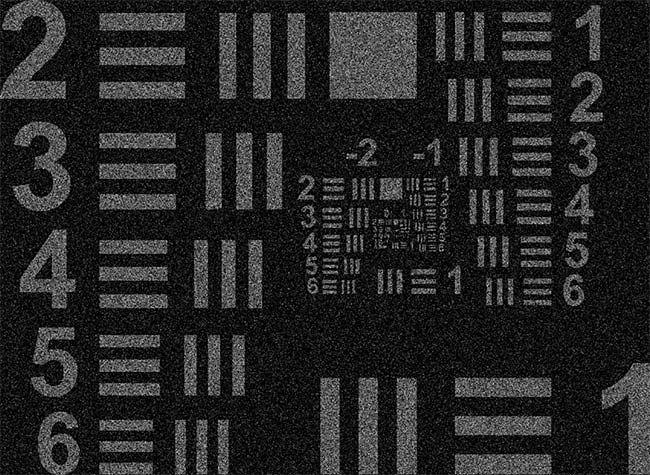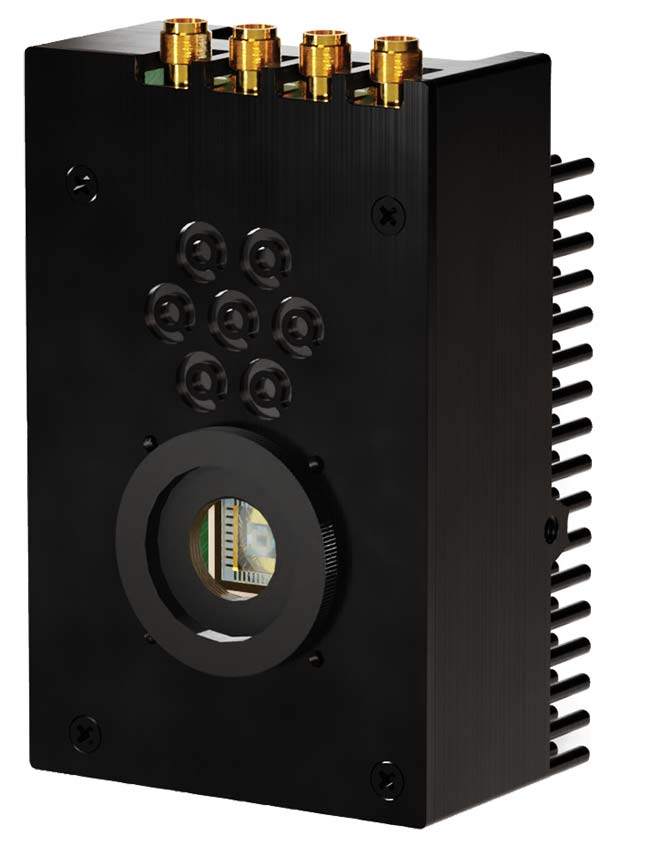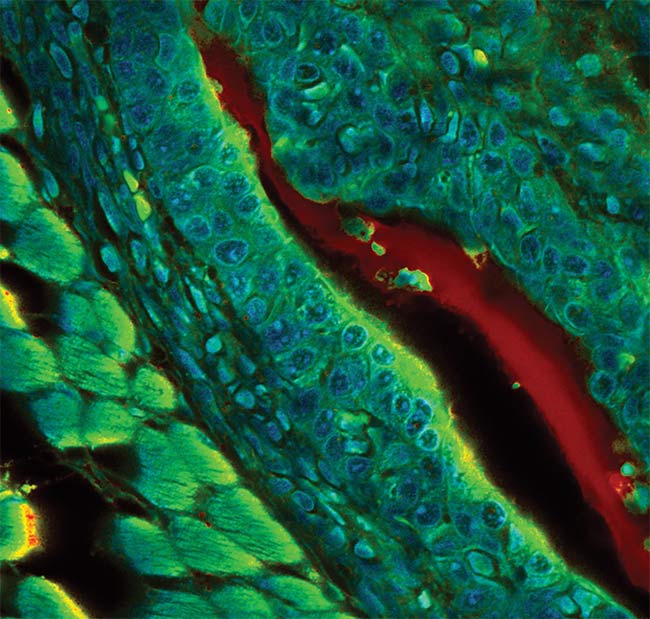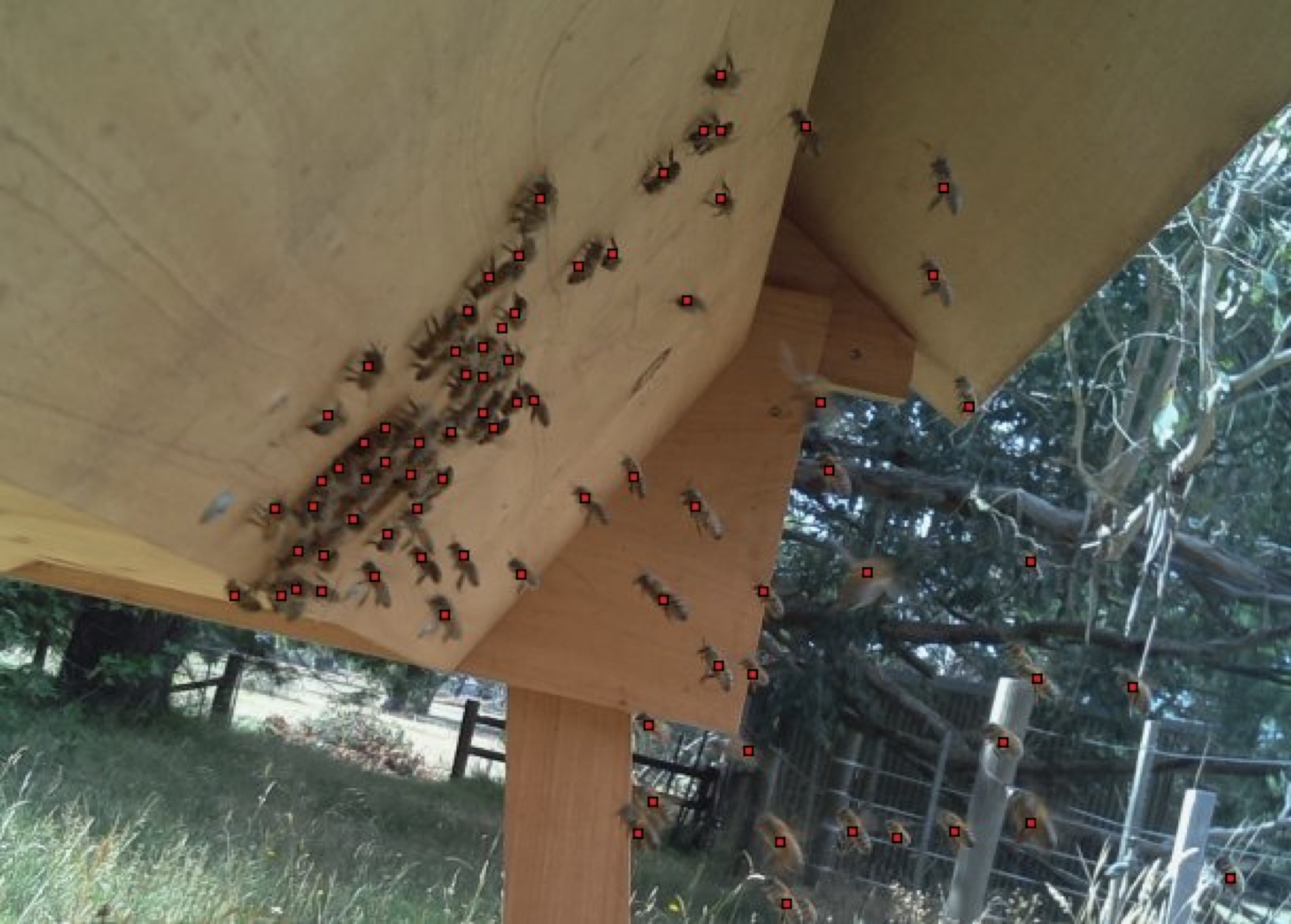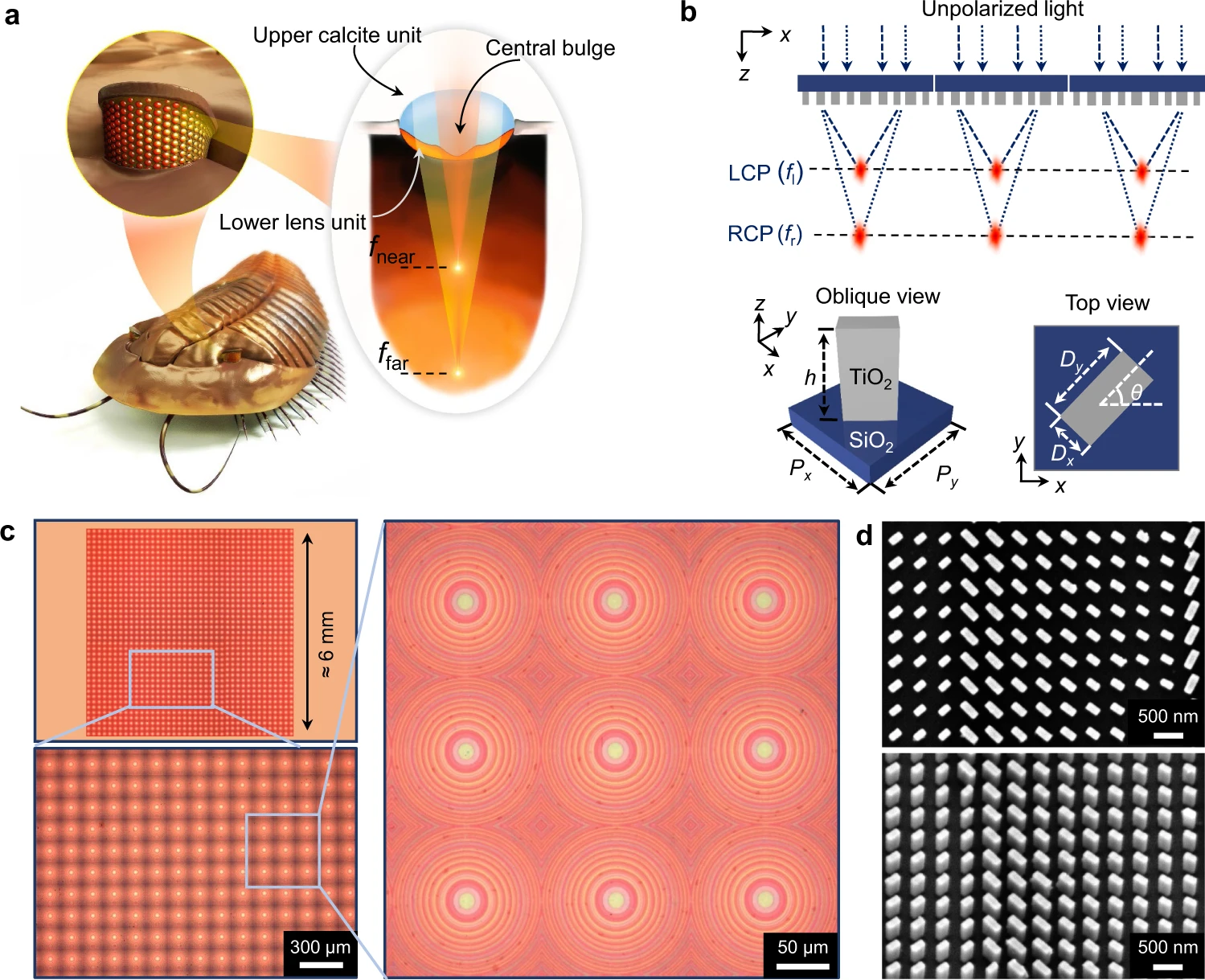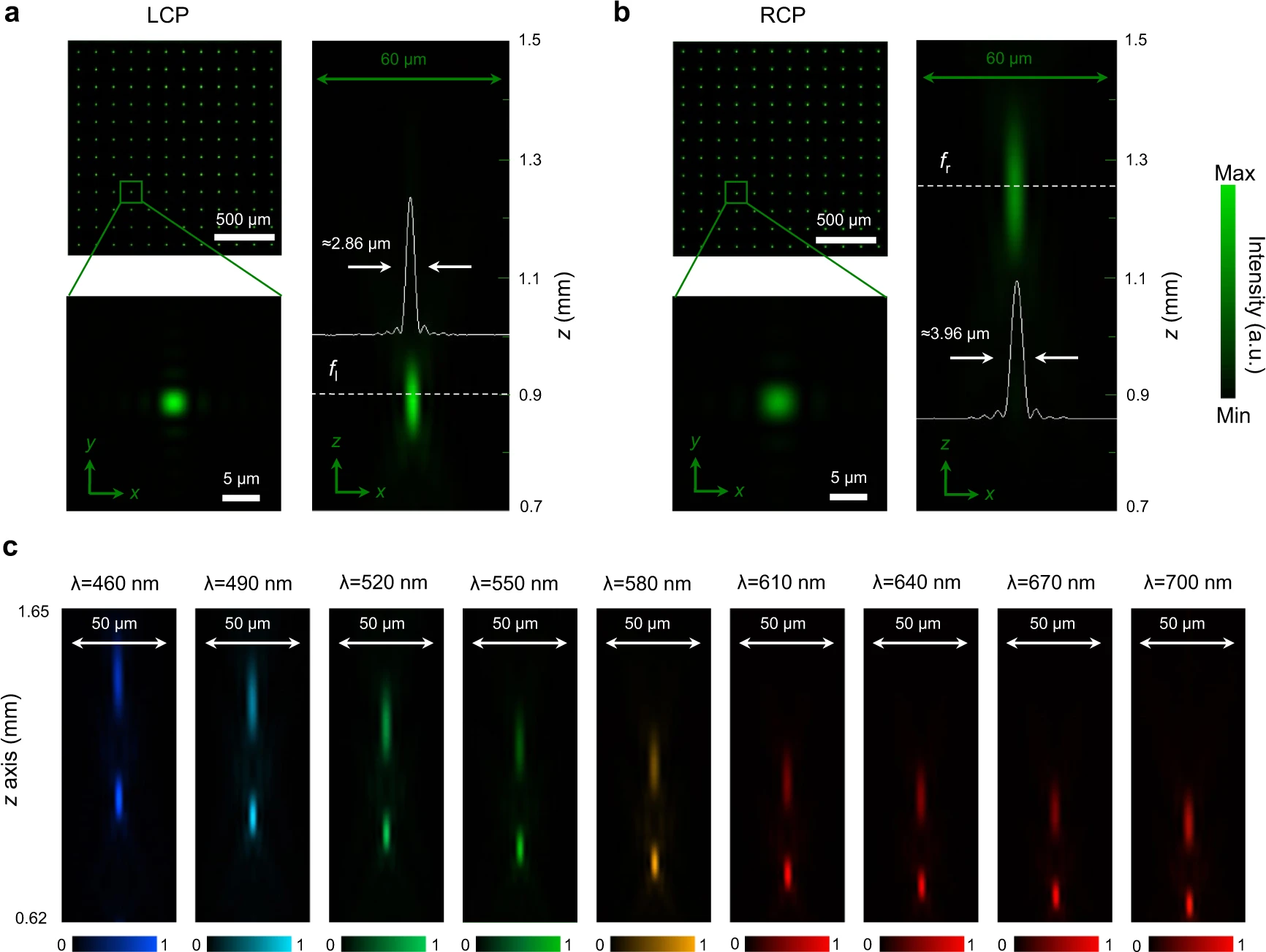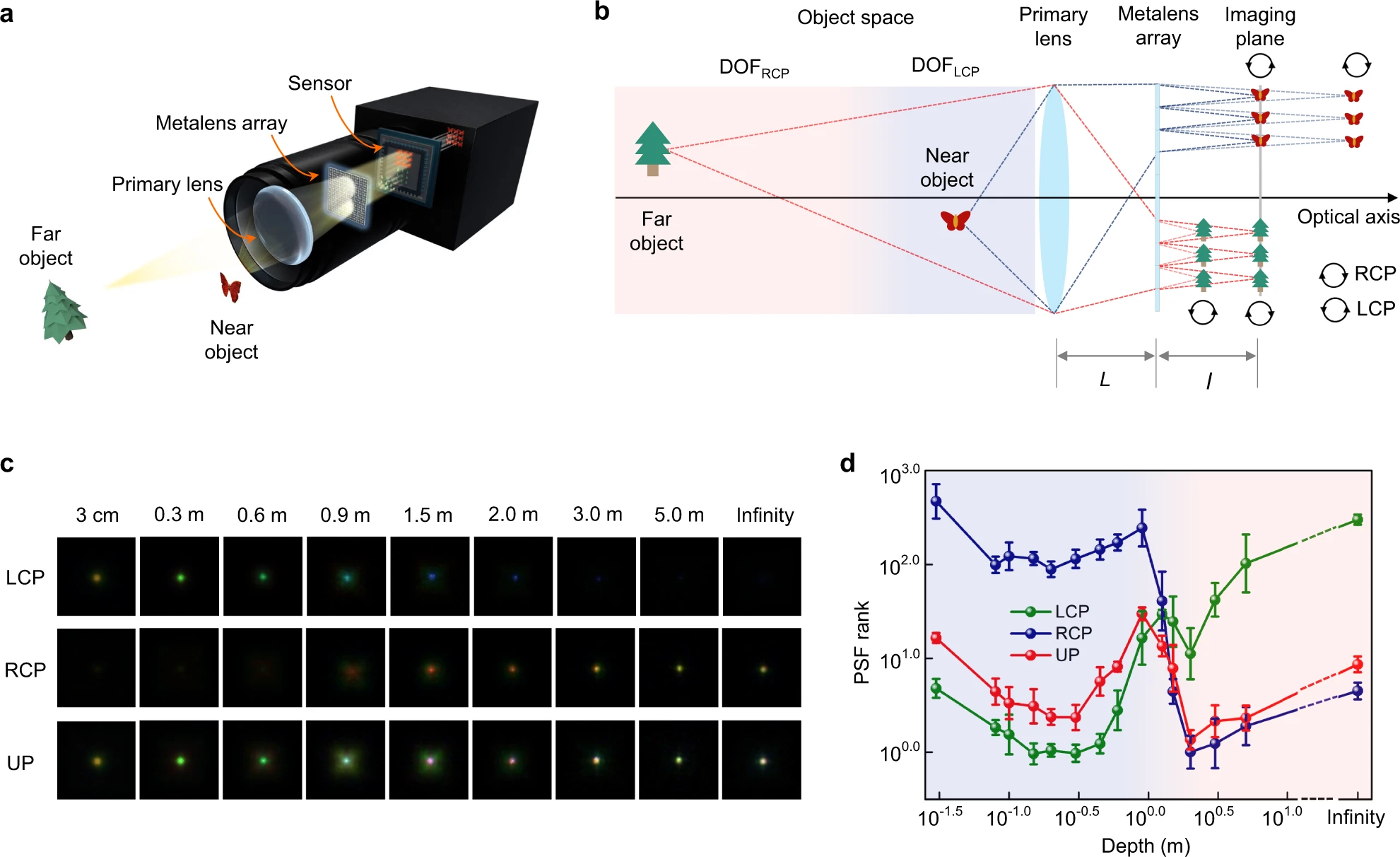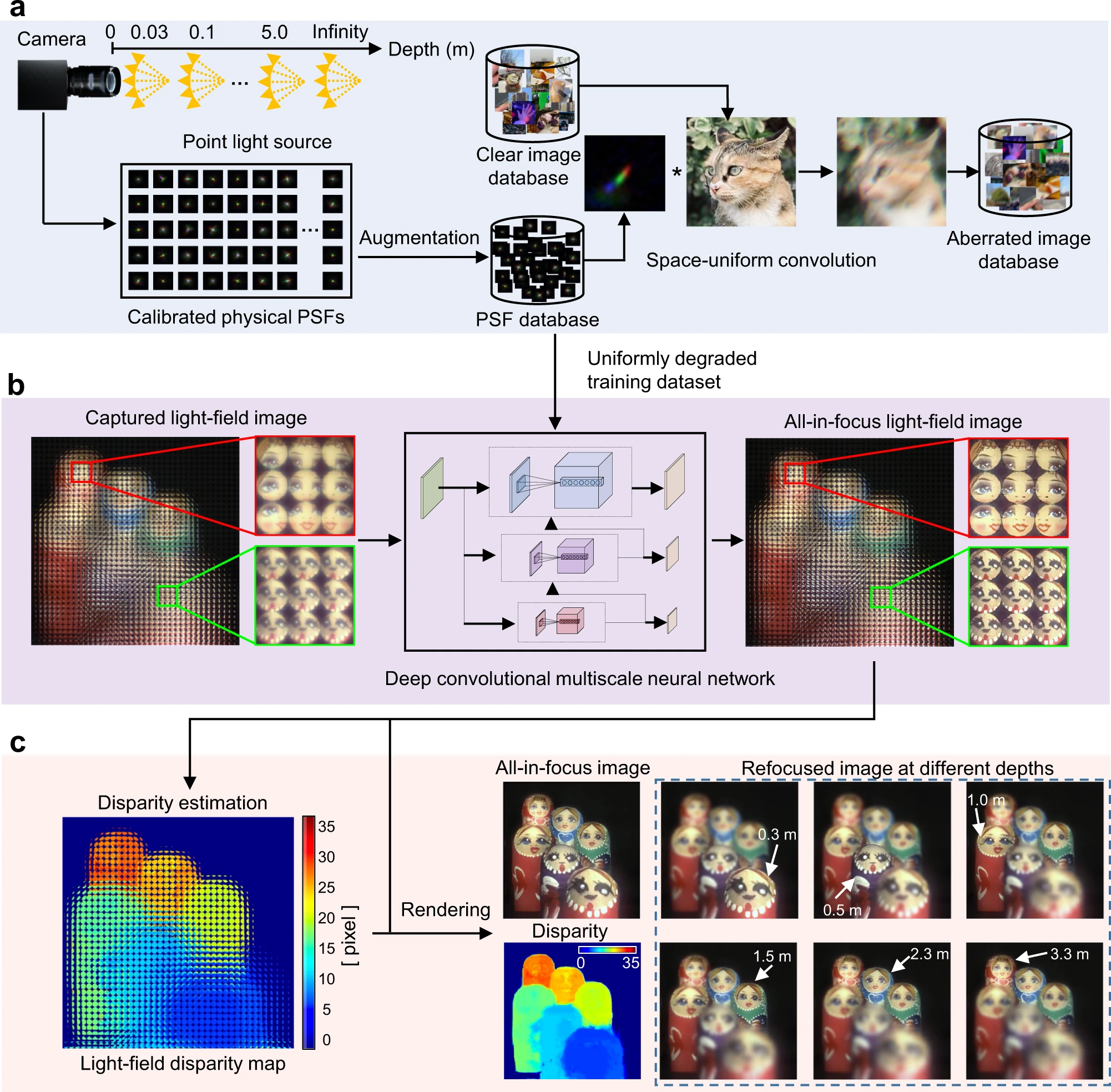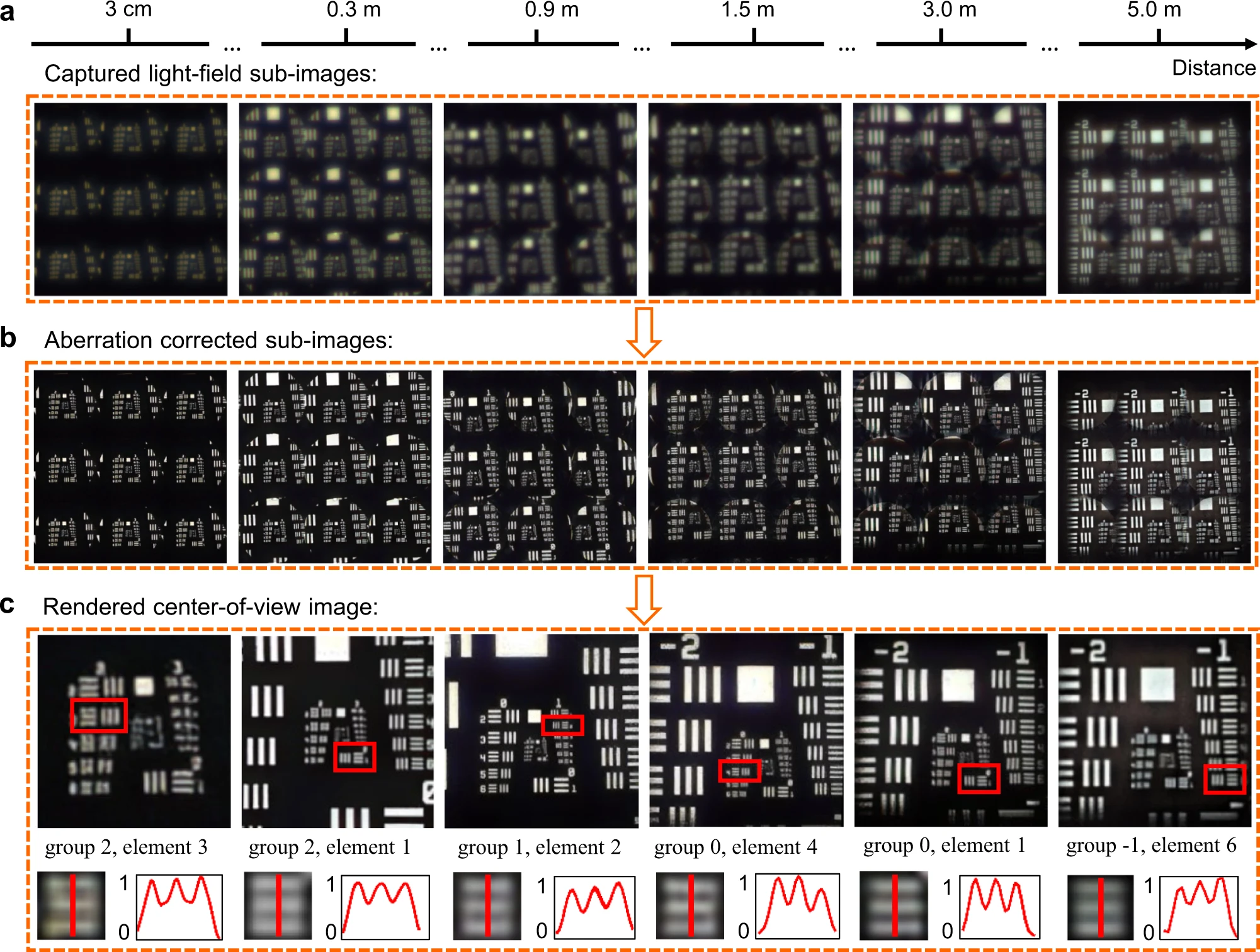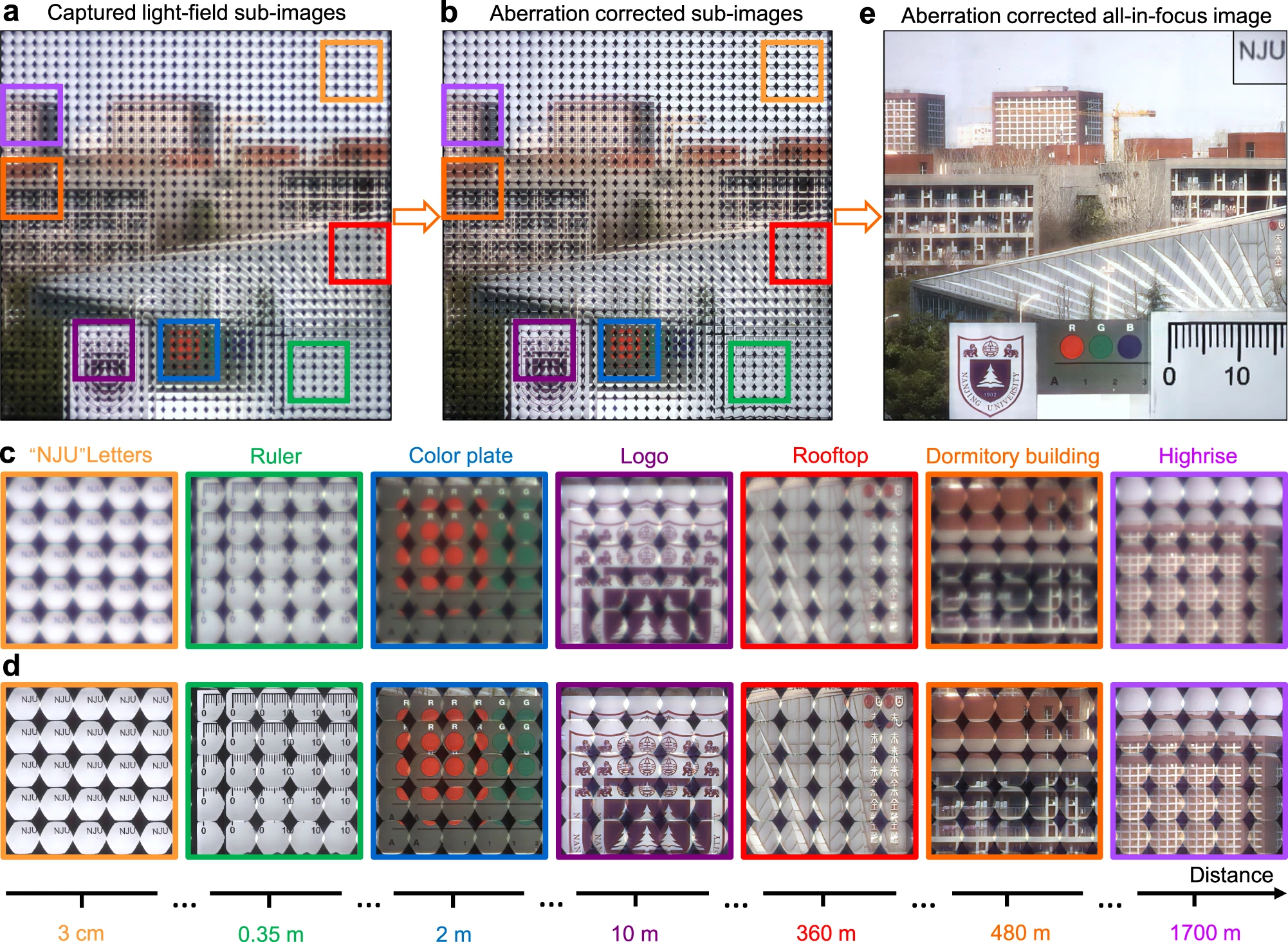From PRNewsWire:
Tuesday, May 31, 2022
SmartSens Goes Public on Shanghai Stock Exchange
Monday, May 30, 2022
Preprint on unconventional cameras for automotive applications
From arXiv.org --- You Li et al. write:
Autonomous vehicles rely on perception systems to understand their surroundings for further navigation missions. Cameras are essential for perception systems due to the advantages of object detection and recognition provided by modern computer vision algorithms, comparing to other sensors, such as LiDARs and radars. However, limited by its inherent imaging principle, a standard RGB camera may perform poorly in a variety of adverse scenarios, including but not limited to: low illumination, high contrast, bad weather such as fog/rain/snow, etc. Meanwhile, estimating the 3D information from the 2D image detection is generally more difficult when compared to LiDARs or radars. Several new sensing technologies have emerged in recent years to address the limitations of conventional RGB cameras. In this paper, we review the principles of four novel image sensors: infrared cameras, range-gated cameras, polarization cameras, and event cameras. Their comparative advantages, existing or potential applications, and corresponding data processing algorithms are all presented in a systematic manner. We expect that this study will assist practitioners in the autonomous driving society with new perspectives and insights.
Friday, May 27, 2022
Single Photon Workshop 2022 - Call for Papers
After a short hiatus, Single Photon Workshop will be held in person from October 31 to November 4, 2022 at the Korea Institute of Science and Technology (KIST) in Seoul, South Korea.
SPW 2022 is the tenth and latest installment in a series of biennial workshops on single-photon technologies and applications. After one-year delay due to COVID-19, SPW 2022 is intended to bring together again a broad range of people with interests in single-photon sources, single-photon detectors, photonic quantum metrology, and their applications such as quantum information processing. Researchers from universities, industry, and government will present their latest developments in single-photon devices and methods with a view toward improved performance and new application areas. It will be an exciting opportunity for those interested in single-photon technologies to learn about the state-of-the-art and to foster continuing partnerships with others seeking to advance the capabilities of such technologies.
1-page abstract submissions are now being accepted on various topics (see table below). Submission period is from Apr 25 - July 1, 2022.
The KIST campus is located in the northeast side of Seoul and can be easily reached by subway from anywhere in Seoul and near Seoul. The presentation room would be Johnson Auditorium in Building A1 with a seating capacity of 420 people. For poster presentation and exhibition, an open space in the 1st floor in L3 would be reserved.
Visit http://spw2022.org/ for more information.
Thursday, May 26, 2022
PreAct and Espros working on new lidar solutions
From optics.org news:
PreAct Technologies, an Oregon-based developer of near-field flash lidar technology and Espros Photonics, Sargans, Switzerland, a firm producing time-of flight chips and 3D cameras, have announced a collaboration agreement to develop new flash lidar technologies for specific use cases in automotive, trucking, industrial automation and robotics.
The collaboration combines the dynamic abilities of PreAct’s software-definable flash lidar and the “ultra-ambient-light-robust time-of-flight technology” from Espros with the aim of creating what the partners call “next-generation near-field sensing solutions”.
Paul Drysch, CEO and co-founder of PreAct Technologies, commented, “Our goal is to provide high performance, software-definable sensors to meet the needs of customers across various industries. Looking to the future, vehicles across all industries will be software-defined, and our flash lidar solutions are built to support that infrastructure from the beginning.”
The automotive and trucking industries continue to rapidly integrate ADAS and self-driving capabilities into vehicles, and as the US NHTSA has just announced the requirement for human controls in fully automated vehicles, the need for ultra-precise, high performance sensors is paramount to ensuring safe autonomous driving.
The sensors created by PreAct and Espros are expected to address significant ADAS and self-driving features – such as traffic sign recognition, curb detection, night vision and pedestrian detection – with the highest frame rates and resolution of any sensor on the market, the partners state.
In addition to providing solutions for automotive and trucking, the partnership will also address the expanding robotics industry. According to a market report published by Allied Market Research, the global industrial robotics market size is expected to reach $116.8 billion by 2030.
The flash lidar technologies solutions will also enable a wide range of robotics and automation applications including QR code scanning, obstacle avoidance and gesture recognition.
Beat DeCoi, President and CEO of Espros, commented, “We have plans to demonstrate the capabilities of our 3D chipsets with PreAct’s hardware and software. By combining our best in class TOF chips with PreAct’s innovation and drive, we will see great results with clients benefiting from this partnership.”
Tuesday, May 24, 2022
Veoneer and BMW agreement on next-gen automotive vision systems
Veoneer to supply Cameras to BMW Group's Next Generation Vision System for Automated Driving
Stockholm, Sweden, May 18, 2022: The automotive technology company Veoneer has signed an agreement to equip BMW Group vehicles with camera heads for their next generation vision system for Automated Driving. The camera heads support the cooperation between BMW Group, Qualcomm Technologies, and Arriver™ which was announced in March this year.
The high definition 8 MP camera, mounted behind the rear-view mirror, monitors the forward path of the vehicle to provide reliable and accurate information to the vehicle control system.
In BMW's next generation of Automated Driving Systems, BMW Group's current AD stack is combined with Arriver's Vision Perception and NCAP Drive Policy products on Qualcomm Technologies' system-on-chip, with the goal of designing best-in-class Automated Driving functions spanning NCAP, Level 2 and Level 3. Veoneer's camera heads are adapted to the current trend of a centralized and scalable software architecture and will be an essential part of the sensor set-up required for the next generation AD platform.
"We are excited to be part of the development of the next generation vision systems, planned to enter the market in 2025", says Jacob Svanberg, CEO of Veoneer. "This award with camera heads to the 5th generation vision system is another proof point that Veoneer remains at the forefront of providing safe, collaborative driving solutions."
Veoneer is an automotive technology company. As a world leader in active safety and restraint control systems, Veoneer is focused on delivering innovative, best-in-class products and solutions. Our purpose is to create trust in mobility. Veoneer is a Tier-1 hardware supplier and system integrator with products being part of more than 125 scheduled vehicle launches for 2022. Headquartered in Stockholm, Sweden, Veoneer has 6,100 employees in 11 countries. The Company is building on a heritage of close to 70 years of automotive safety development.
https://www.veoneer.com/en/press-releases?page=/press/perma/2022030
Monday, May 23, 2022
ams OSRAM VCSELs in Melexis' in-cabin monitoring solution
Friday, May 20, 2022
"End-to-end" design of computational cameras
A team from MIT Media Lab has posted a new arXiv preprint titled "Physics vs. Learned Priors: Rethinking Camera and Algorithm Design for Task-Specific Imaging".
Abstract: Cameras were originally designed using physics-based heuristics to capture aesthetic images. In recent years, there has been a transformation in camera design from being purely physics-driven to increasingly data-driven and task-specific. In this paper, we present a framework to understand the building blocks of this nascent field of end-to-end design of camera hardware and algorithms. As part of this framework, we show how methods that exploit both physics and data have become prevalent in imaging and computer vision, underscoring a key trend that will continue to dominate the future of task-specific camera design. Finally, we share current barriers to progress in end-to-end design, and hypothesize how these barriers can be overcome.
Thursday, May 19, 2022
Advanced Navigation Acquires Vai Photonics
Advanced Navigation, one of the world’s most ambitious innovators in AI robotics, and navigation technology has today announced the acquisition of Vai Photonics, a spin-out from The Australian National University (ANU) developing patented photonic sensors for precision navigation.
Vai Photonics share a similar vision to provide technology to drive the autonomy revolution and will join Advanced Navigation to commercialise their research into exciting autonomous and robotic applications across land, air, sea and space.“The technology Vai Photonics is developing will be of huge importance to the emerging autonomy revolution. The synergies, shared vision and collaborative potential we see between Vai Photonics and Advanced Navigation will enable us to be at the absolute forefront of robotic and autonomy driven technologies,” said Xavier Orr, CEO and co-founder of Advanced Navigation.“Photonic technology will be critical to the overall success, safety and reliability of these new systems. We look forward to sharing the next generation of autonomous navigation and robotic solutions with the global community.”James Spollard, CTO and co-founder of Vai Photonics detailed the technology “Precision navigation when GPS is unavailable or unreliable is a major challenge in the development of autonomous systems. Our emerging photonic sensing technology will enable positioning and navigation that is orders of magnitude more stable and precise than existing solutions in these environments.“By combining laser interferometry and electro-optics with advanced signal processing algorithms and real-time software, we can measure how fast a vehicle is moving in three dimensions. As a result, we can accurately measure how the vehicle is moving through the environment, and from this infer where the vehicle is located with great precision.”The technology, which has been in development for over 15 years at ANU, will solve complex autonomy challenges across aerospace, automotive, weather, space exploration as well as railways and logistics.Aircraft with an electric vertical takeoff and landing system such as flying taxis will greatly benefit from this technology. Landing and takeoff are often considered the most dangerous and expensive part of a flight route. Vai Photonics sensors will provide safe and reliable autonomous takeoff and landings under all conditions.Space travel and exploration is fraught with risks, vast complexity and enormous cost. This technology will bring massive benefits to space missions, helping to cement Advanced Navigation as the gold-standard for space-qualified navigation systems for space exploration.Professor Brian Schmidt, Vice-Chancellor of the Australian National University said “Vai Photonics is another great ANU example of how you take fundamental research – the type of thinking that pushes the boundaries of what we know – and turn it into products and technologies that power our lives.“The work that underpins Vai Photonics’ advanced autonomous navigation systems stems from the search for elusive gravitational waves – ripples in space and time caused by massive cosmic events like black holes colliding.
Friday, May 13, 2022
Prof. Eric Fossum's interview at LDV vision summit 2018
Eric Fossum & Evan Nisselson Discussing The Evolution, Present & Future of Image Sensors
Eric Fossum is the inventor of the CMOS image sensor “camera-on-a-chip” used in billions of cameras, from smartphones to web cameras to pill cameras and many other applications. He is a solid-state image sensor device physicist and engineer, and his career has included academic and government research, and entrepreneurial leadership. He is currently a Professor with the Thayer School of Engineering at Dartmouth in Hanover, New Hampshire where he teaches, performs research on the Quanta Image Sensor (QIS), and directs the School’s Ph.D. Innovation Program. Eric and Evan discussed the evolution of image sensors, challenges and future opportunities.
More about LDV vision summit 2022: https://www.ldv.co/visionsummit
Organized by LDV Capital https://www.ldv.co/
[An earlier version of this post incorrectly mentioned this interview is from the 2022 summit. This was in fact from 2018. --AI]
Thursday, May 12, 2022
Photonics magazine article on Pi Imaging SPAD array
Photonics magazine has a new article about Pi Imaging Technology's high resolution SPAD sensor array; some excerpts below.
As the performance capabilities and sophistication of these detectors have expanded, so too have their value and impact in applications ranging from astronomy to the life sciences.
As their name implies, single-photon avalanche diodes (SPADs) detect single particles of light, and they do so with picosecond precision. Single-pixel SPADs have found wide use in astronomy, flow cytometry, fluorescence lifetime imaging microscopy (FLIM), particle sizing, quantum computing, quantum key distribution, and single- molecule detection. Over the last 10 years, however, SPAD technology has evolved through the use of standard complementary metal-oxide-semiconductor (CMOS) technology. This paved the way for arrays and image sensor architectures that could increase the number of SPAD pixels in a compact and scalable way.
Compared to single-pixel SPADs, arrays offer improved spatial resolution and signal-to-noise ratio (SNR). In confocal microscopy applications, for example, each pixel in an array acts as a virtual small pinhole with good lateral and axial resolution, while multiple pixels collect the signal of a virtual large pinhole.
Challenges:
Early SPADs produced as single-point detectors in custom processes offered poor scalability. In 2003, researchers started using standard CMOS technology to build SPAD arrays. This change in design and production platform opened up the possibility to reliably produce high-pixel-count SPAD detectors, as well as invent and integrate new pixel circuity for quenching and recharging, time tagging, and photon-counting functions. Data handling in these devices ranged from simple SPAD pulse outputting to full digital signal processing.
Close collaboration between SPAD developers and CMOS fabs, however, has helped SPAD technology overcome many of its sensitivity and noise challenges by adding SPAD-specific layers into the semiconductor process flow, design innovations in SPAD guard rings, and enhanced fill factors made possible by microlenses.
Applications:
Research on SPADs also focused on the technology’s potential in biomedical applications, such as Raman spectroscopy, FLIM, and positron emission tomography (PET).FLIM [fluorescence lifetime imaging microscopy] benefits from the use of SPAD arrays, which allow faster imaging speeds by increasing the sustainable count rate via pixel parallelization. SPAD image sensors enhanced with time-gating functions can further expand the implementation of FLIM to nonconfocal microscopic modalities and thus establish FLIM in a broader range of potential applications, such as spatial multiplexed applications in a variety of biological disciplines including genomics, proteomics, and other “-omics” fields.
One additional application where SPAD technology is forging performance enhancements is high-speed imaging, in which image sensors typically suffer from low SNR. The shorter integration times in these operations lead to lower photon collection and pixel blur, while the faster readout speeds increase noise in the collected image. SPAD image sensors fully eliminate this noise to offer Poisson-maximized SNR.
About Pi Imaging:
Pi Imaging Technology is fundamentally changing the way we detect light. We do that by creating photon-counting arrays with the highest sensitivity and lowest noise.
We enable our partners to introduce innovative products. The end-users of these products perform cutting-edge science, develop better products and services in life science and quantum information.
Pi Imaging Technology bases its technology on 7 years of dedicated work at TU Delft and EPFL and 6 patent applications. The core of it is a single-photon avalanche diode (SPAD) designed in standard semiconductor technology. This enables our photon-counting arrays to have an unlimited number of pixels and adaptable architectures.
Full article here: https://www.photonics.com/Articles/Single-Photon_Avalanche_Diodes_Sharpen_Spatial/p5/vo211/i1358/a67902
Wednesday, May 11, 2022
Newsight CMOS ToF sensor release
Tuesday, May 10, 2022
Apple iPhone LiDAR applications
We are beyond excited to announce our biggest update EVER to our LiDAR scanning pipeline 💥 We’ve fused LiDAR and Photo data to produce high quality LiDAR Objects so now you can get the best of both worlds
— polycam (@Polycam3D) April 20, 2022
Make sure to share and tag us on social, and as always, happy scanning 🤳 pic.twitter.com/DK59bsLP2E
Polycam launches a 3D scanning app for the new iPhone 12 Pro models with a LiDAR sensor. The app allows users to rapidly create high quality, color 3D scans that can be used for 3D visualization and more. Because the scans are dimensionally accurate, they can be used to take measurements of virtually anything in the scan at once, rapidly speeding up workflows for many professionals such as architects and 3D designers. What is perhaps most impressive about Polycam is the speed -- scans which would have taken hours to process on a desktop without a LiDAR device can now be processed in seconds directly on an iPhone.As Chris Heinrich, the CEO of Polycam, puts it: "I've worked for years on 3D scanning with more conventional hardware, and what you can do on these LiDAR devices is literally 100x faster than what was possible before".3D capture is a valuable tool for many industries, and Polycam is already seeing enthusiastic usage from architects, archaeologists, movie set designers and more, via an iPad Pro version that launched earlier this year. With the launch of the iPhone version, Heinrich expects to see adoption from many more users across a wider range of verticals. "Just as smartphones dramatically expanded the reach of photo and video", Heinrich says, "we expect these new LiDAR-enabled smartphones to dramatically increase the reach of 3D capture".While the launch of the iPhone version is an important milestone, "this is just the beginning", says Heinrich. Many new features and improvements are in the pipeline, from enabling users to create even larger scans, improved scanning accuracy of smaller objects and a suite of 3D editing and AI-driven postprocessing tools to supercharge professional workflows that utilize 3D capture.Polycam is available to download on the App Store for the iPhone 12 Pro, 12 Pro Max, and the 2020 iPad Pro family. Sample 3D scans can be found on Sketchfab. Polycam was built by a small team of individuals with a passion for 3D capture, and deep experience in computer vision and 3D design.
Monday, May 09, 2022
Dotphoton and Hamamatsu partnering on raw image compression
Dotphoton, an industry-leading raw image compression company and Hamamatsu Photonics, a world leader in optical systems and photonics manufacturing, are pleased to announce their new partnership. Modern microscopy, drug discovery and cell research are among the many applications that rely on the highest quality image data.Hamamatsu, a renowned scientific camera manufacturer, provides the ultimate image quality needed for scientific research and pharmaceutical industry in fields such as light-sheet microscopy, high-throughput screening, and histopathology. In these applications, the generation of large volumes of data leads to low scalability and high costs and complexity of required IT infrastructure.This new partnership enables researchers to capture and preserve higher volumes of quality data, and to make the most of modern processing methods, including AI-based image processing.“In industry and academia, storage budgets grow exponentially every year, the increase of datacenter costs and its CO2 impact reduce the amount of resources available for research. We have built Jetraw to address all these problems at once, and are very happy to partner with Hamamatsu Photonics to make large image data more reliable and sustainable, and help many wonderful discoveries to happen”, says Eugenia Balysheva, CEO of Dotphoton.Hamamatsu offers advanced imaging technology on the forefront of the development of new and existing scientific applications. Today, Hamamatsu’s ORCA cameras are compatible with Dotphoton’s Jetraw software. Thanks to this new partnership, Hamamatsu will be able to support customers in their data management, an additional benefit to the high-sensitivity, fast readout speeds, and low noise delivery of its scientific CMOS cameras. The Jetraw software provides the highest raw image compression ratio in the market combined with the highest processing speed. That means that Hamamatsu camera users can benefit from the fully preserved raw image data without constraints linked to storage and data transfer speed. Jetraw enables reduction of storage costs by 80%, CO2 emissions by 73%, and data transfer speed by 5-7x.Jetraw software is available for the range of Hamamatsu ORCA cameras, and can be purchased at the Jetraw.com website. Jetraw is compatible with most popular image processing workflows and enables long-term scalability and reliability of image processing.
Friday, May 06, 2022
Will event-cameras dominate computer vision?
According to Benosman, until the image sensing paradigm is no longer useful, it holds back innovation in alternative technologies. The effect has been prolonged by the development of high–performance processors such as GPUs which delay the need to look for alternative solutions.“Why are we using images for computer vision? That’s the million–dollar question to start with,” he said. “We have no reasons to use images, it’s just because there’s the momentum from history. Before even having cameras, images had momentum.”Benosman argues, image camera–based techniques for computer vision are hugely inefficient. His analogy is the defense system of a medieval castle: guards positioned around the ramparts look in every direction for approaching enemies. A drummer plays a steady beat, and on each drumbeat, every guard shouts out what they see. Among all the shouting, how easy is it to hear the one guard who spots an enemy at the edge of a distant forest?“People are burning so much energy, it’s occupying the entire computation power of the castle to defend itself,” Benosman said. If an interesting event is spotted, represented by the enemy in this analogy, “you’d have to go around and collect useless information, with people screaming all over the place, so the bandwidth is huge… and now imagine you have a complicated castle. All those people have to be heard.”“Pixels can decide on their own what information they should send, instead of acquiring systematic information they can look for meaningful information — features,” he said. “That’s what makes the difference.”This event–based approach can save a huge amount of power, and reduce latency, compared to systematic acquisition at a fixed frequency.“You want something more adaptive, and that’s what that relative change [in event–based vision] gives you, an adaptive acquisition frequency,” he said. “When you look at the amplitude change, if something moves really fast, we get lots of samples. If something doesn’t change, you’ll get almost zero, so you’re adapting your frequency of acquisition based on the dynamics of the scene. That’s what it brings to the table. That’s why it’s a good design.”
He goes on to admit some of the key challenges that need to be addressed before neuromorphic vision becomes the dominant paradigm. He believes these challenges are surmountable.
“The problem is, once you increase the number of pixels, you get a deluge of data, because you’re still going super fast,” he said. “You can probably still process it in real time, but you’re getting too much relative change from too many pixels. That’s killing everybody right now, because they see the potential, but they don’t have the right processor to put behind it.”
“[Today’s DVS] sensors are extremely fast, super low bandwidth, and have a high dynamic range so you can see indoors and outdoors,” Benosman said. “It’s the future. Will it take off? Absolutely!”
“Whoever can put the processor out there and offer the full stack will win, because it’ll be unbeatable,” he added.
Read the full article here: https://www.eetimes.com/a-shift-in-computer-vision-is-coming/
Thursday, May 05, 2022
Lightweight object detection on the edge
Edge Impulse announced its new object detection algorithm, dubbed Faster Objects, More Objects (FOMO), targeting extremely power and memory constrained computer vision applications.
Some quotes from their blog:
FOMO is a ground-breaking algorithm that brings real-time object detection, tracking and counting to microcontrollers for the first time. FOMO is 30x faster than MobileNet SSD and runs in <200K of RAM. To give you an idea, we have seen results around 30 fps on the Arduino Nicla Vision (Cortex-M7 MCU) using 245K RAM.
Since object detection models are making a more complex decision than object classification models they are often larger (in parameters) and require more data to train. This is why we hardly see any of these models running on microcontrollers.
The FOMO model provides a variant in between; a simplified version of object detection that is suitable for many use cases where the position of the objects in the image is needed but when a large or complex model cannot be used due to resource constraints on the device.
It's nice to see they are up-front about the limitations of their method:
Works better if the objects have a similar size
FOMO can be thought of as object detection where the bounding boxes are all square and, with the default configuration, 1/8th of the resolution of the input. This means it operates best when the objects are all of a similar size. For many use cases, for example, those with a fixed location of the camera, it isn't a problem.
Objects shouldn’t be too close to each other.
If your classes are “screw,” “nail,” “bolt,” each cell (or grid) will be either “screw,” “nail,” “bolt,” and "background.” It's thus not possible to detect distinct objects where their centroids occupy the same cell in the output. It is possible, though, to increase the resolution of the image (or to decrease the heat map factor) to reduce this limitation.
They shows various demo applications such as object detection, counting and tracking.
Wednesday, May 04, 2022
Low Light Video Denoising
We choose to use a Canon LI3030SAI Sensor, which is a 2160x1280 sensor with 19µm pixels, 16 channel analog output, and increased quantum efficiency in NIR. This camera has a Bayer pattern consisting of red, green, blue (RGB), and NIR channels (800-950nm). Each RGB channel has an additional transmittance peak overlapping with the NIR channel to increase light throughput at night. During daylight, the NIR channel can be subtracted from each RGB channel to produce a color image, however at night when NIR is dominant, subtracting out the NIR channel will remove a large portion of the signal resulting in muffled colors. We pair this sensor with a ZEISS Otus 28mm f/1.4 ZF.2 lens, which we choose due to its large aperture and wide field-of-view.
Pre-print: https://arxiv.org/pdf/2204.04210.pdf






